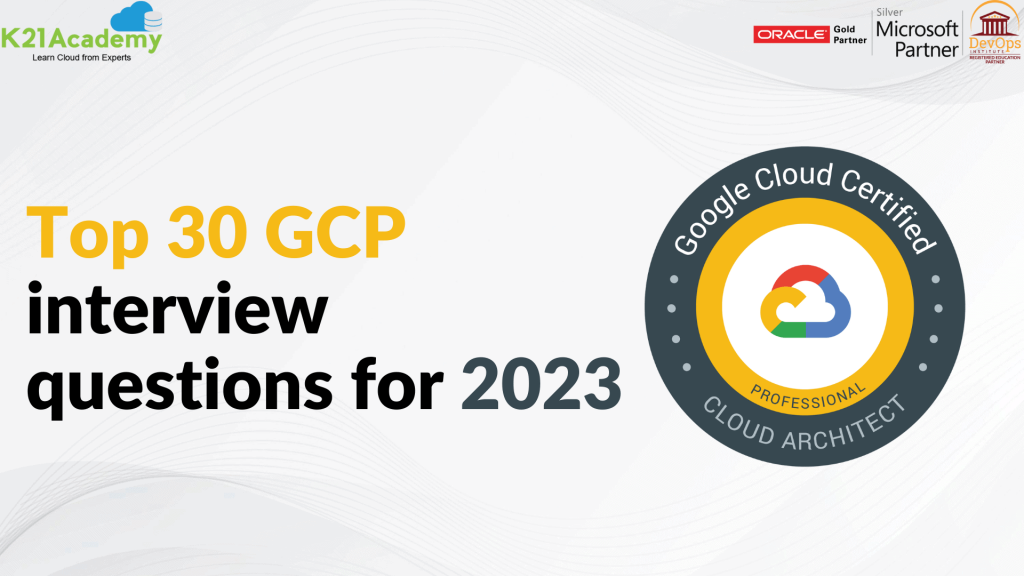
Top 30 GCP Interview Questions and Answers
📍 Google Cloud Platform (GCP) is a popular cloud computing platform known for its practical, user-friendly tools and services. 📍 We can create and run virtual machines on Google’s infrastructure using the Compute Engine service, which is provided by Google Cloud Platform (GCP). 📍When a company needs a broad range of services that are well-known […]
Read More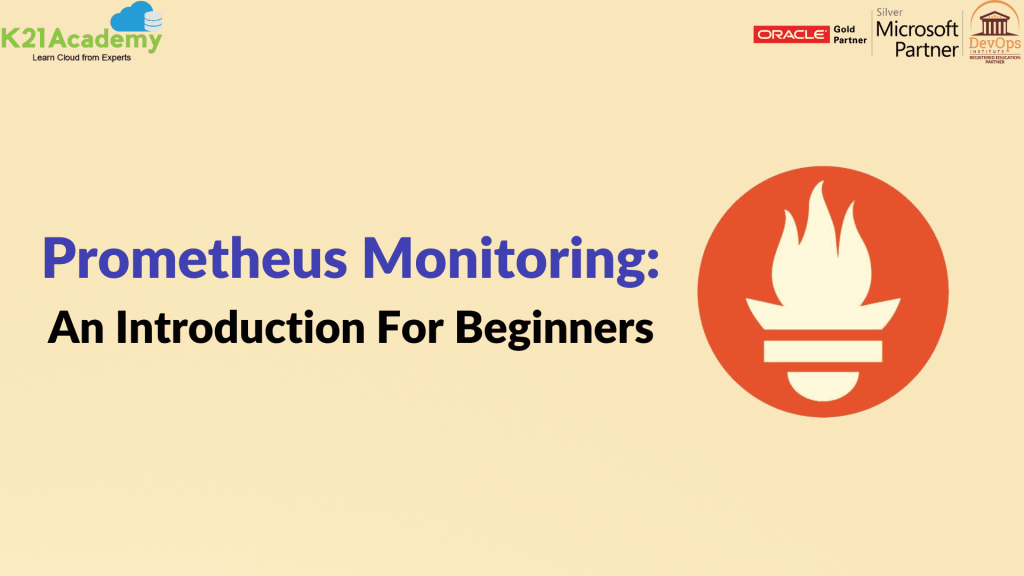
Prometheus Monitoring: An Introduction For Beginners
📌 Metrics are used by the most successful organisations to monitor and analyse the performance of their infrastructure and applications. The Prometheus monitoring platform is one of the most well-known time series databases (TSDB) available today. 📌 A monitoring tool called Prometheus can record and analyse any time-series that only has numeric data. It gathers, […]
Read More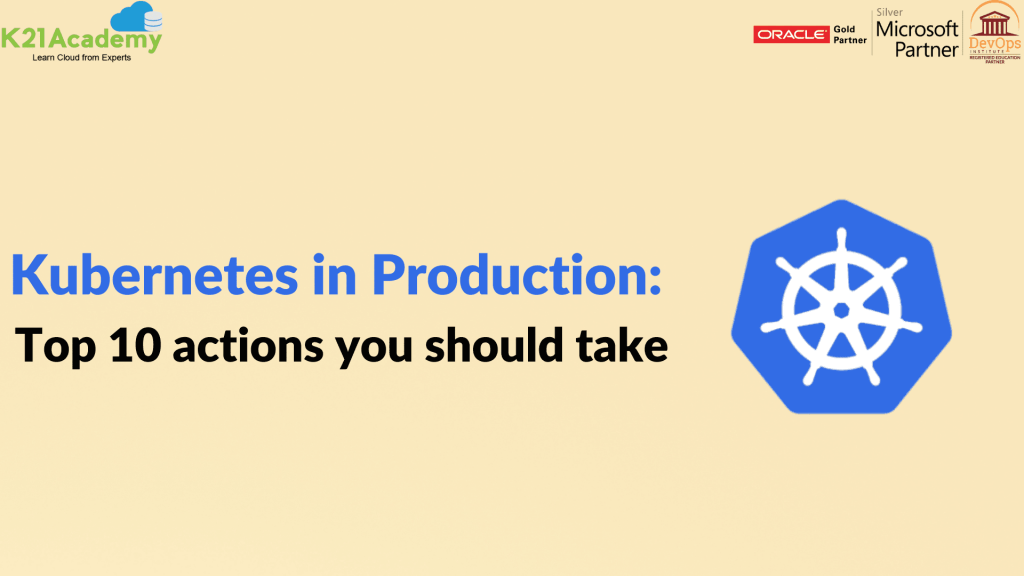
Kubernetes in Production: Top 10 actions you should take
📌 The technology of containers and Kubernetes is ruling the job market. When working in IT, one should be familiar with Kubernetes from DevOps in order to obtain a higher-paying job. 📌 Kubernetes must fulfil a number of requirements in order to be ready for production. It must also have built-in disaster recovery capabilities, be […]
Read More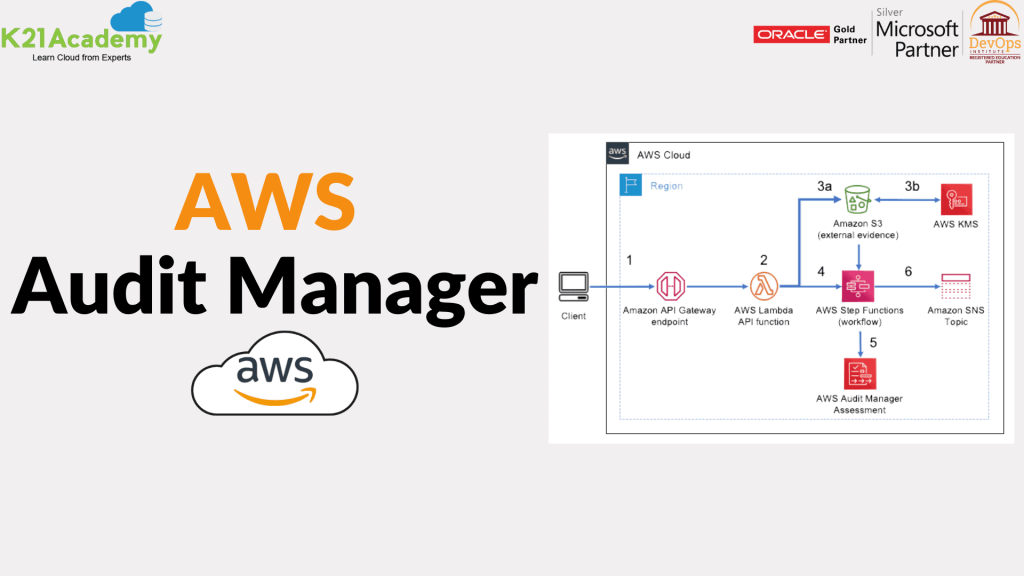
AWS Audit Manager Overview
✅ AWS Audit Manager assists you in continuously auditing your AWS usage in order to simplify risk management and compliance with regulations and industry standards. ✅ To make it simpler for you to determine if your policies, procedures, and activities—also known as controls—are functioning successfully, Audit Manager automates the collecting of evidence. When an audit […]
Read More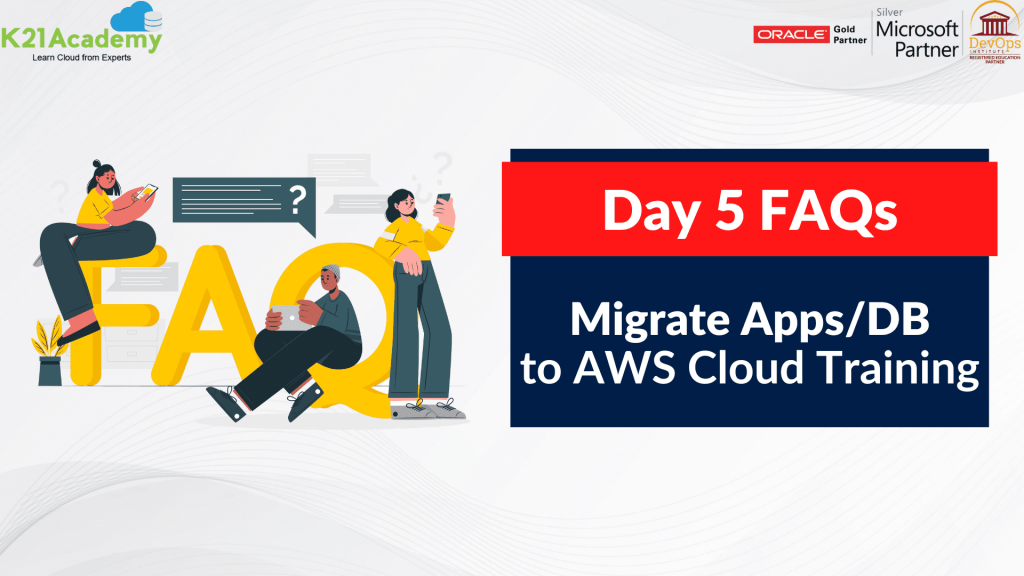
Migrate Apps & Database to Cloud Day 5: Data Migration to AWS
✅ The database and analytics workloads may be moved to AWS fast, securely, with little to no downtime, and with no data loss using the AWS Database Migration Service (AWS DMS), a managed migration and replication service. ✅ When SCT is chosen instead of the built-in DMS Schema Conversion feature, DMS and SCT work together […]
Read More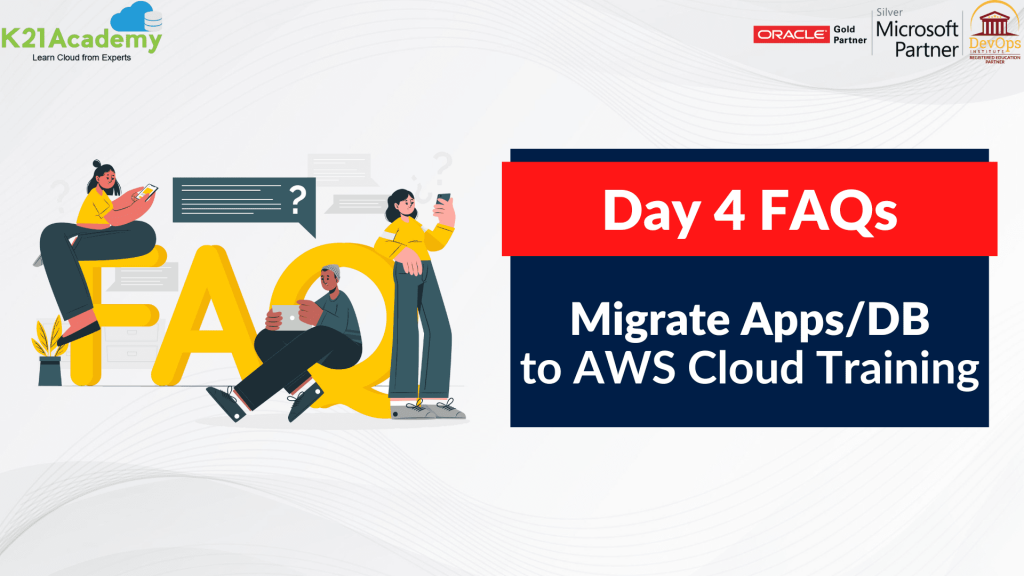
Migrate Apps & Database to Cloud Day 4: AWS Database Migration
✅ AWS Database Migration Service (AWS DMS) is a managed migration and replication service that assists you in migrating your database and analytics workloads to AWS quickly, securely, with minimal downtime, and with no data loss. ✅ In order to build high-performance applications at any scale, Amazon DynamoDB is a fully managed, serverless, key-value NoSQL […]
Read More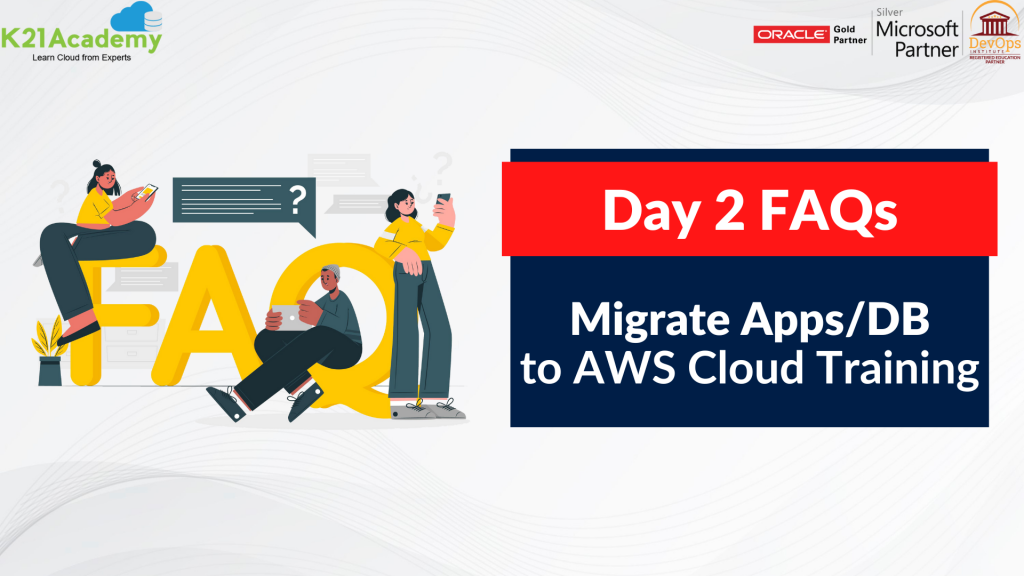
Migrate Apps & Database to Cloud Day 2: AWS Migration Strategy
✅ The lift and shift tactic is another name for this one. By employing this technique, you can transfer your applications without altering them from your current environment to the AWS Cloud. Consider moving your application stack from your local server to the AWS Cloud. ✅ The AWS Cloud Adoption Framework (AWS CAF) helps you […]
Read More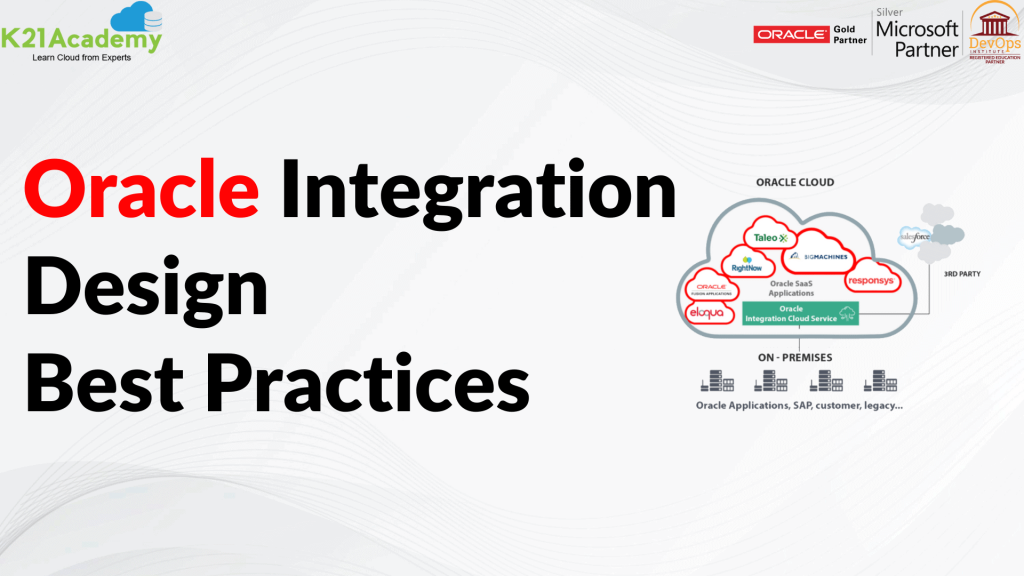
Best Practices to Design an Oracle Integration
📍Oracle Integration provides prebuilt connection to SaaS and on-premises systems, run-ready process automation templates, and a simple visual application builder for developing web and mobile apps. 📌Integrating effectively from the start can save you a significant lot of rework. ✅To avoid the common integration style pitfalls while designing an integration is a first common best […]
Read More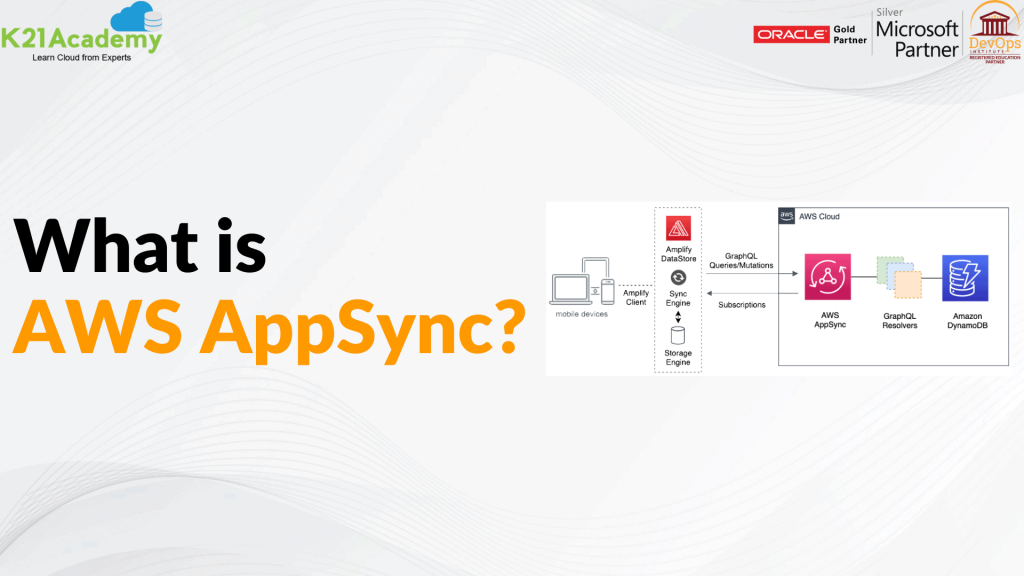
What is AWS AppSync?
✅ Developers can access their data through a managed GraphQL service provided by AWS AppSync. As opposed to conventional gateways, GraphQL encourages declarative code and works well with current frameworks and tools like React, React Native, iOS, and Android. ✅ When clients use the GraphQL subscription procedures, AWS AppSync automatically creates and maintains a secure […]
Read More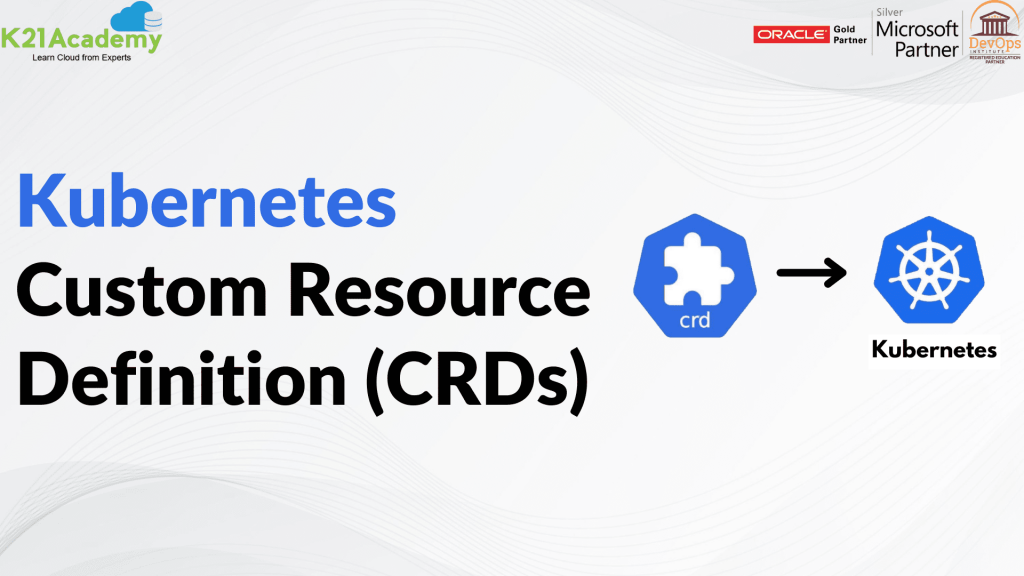
Kubernetes Custom Resource Definition (CRDs): A Complete Overview
📌 Using Kubernetes CustomResourceDefinitions(CRDs), you can expand the Kubernetes API to achieve the desired results . 📌 The process for defining a custom resource is called custom resource definition. This is an effective way to go beyond the Kubernetes installation by default. 📌 When you create a new CustomResourceDefinition, the Kubernetes API Server creates a […]
Read More